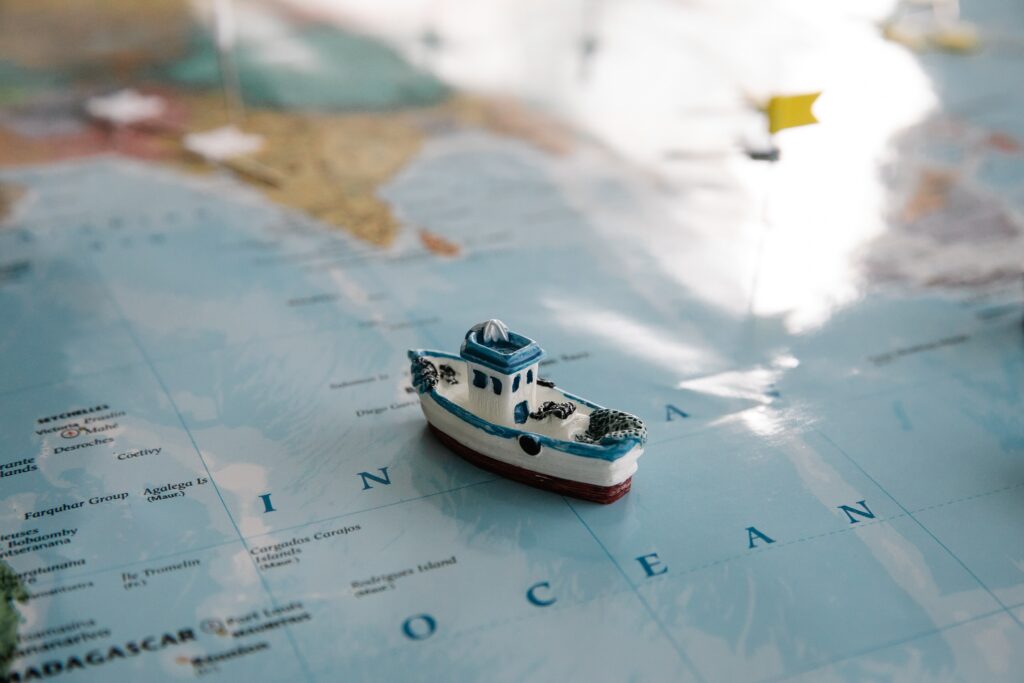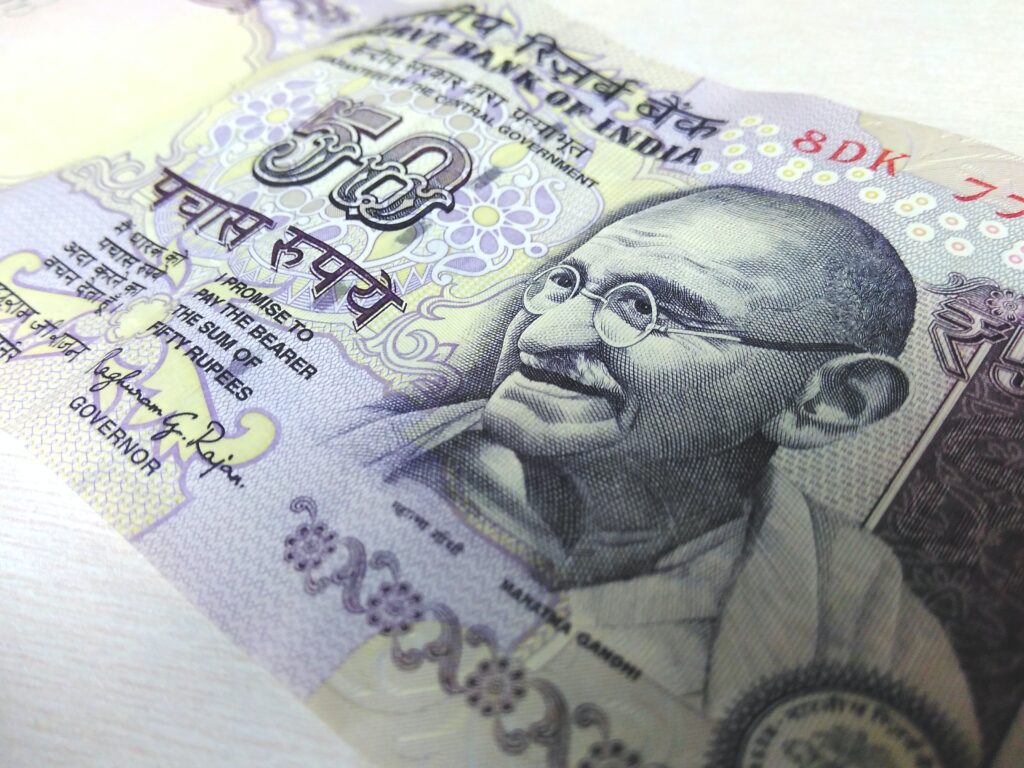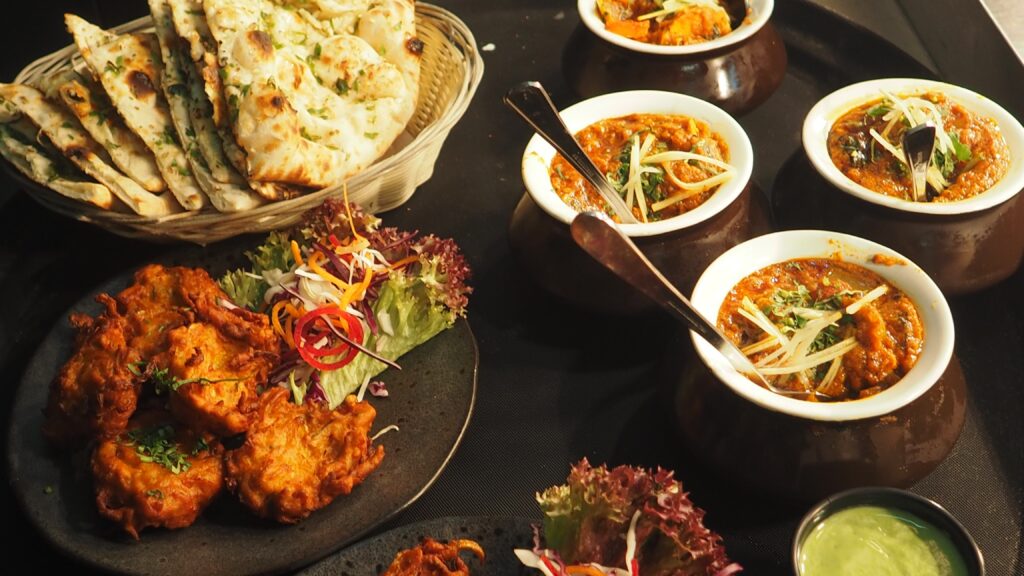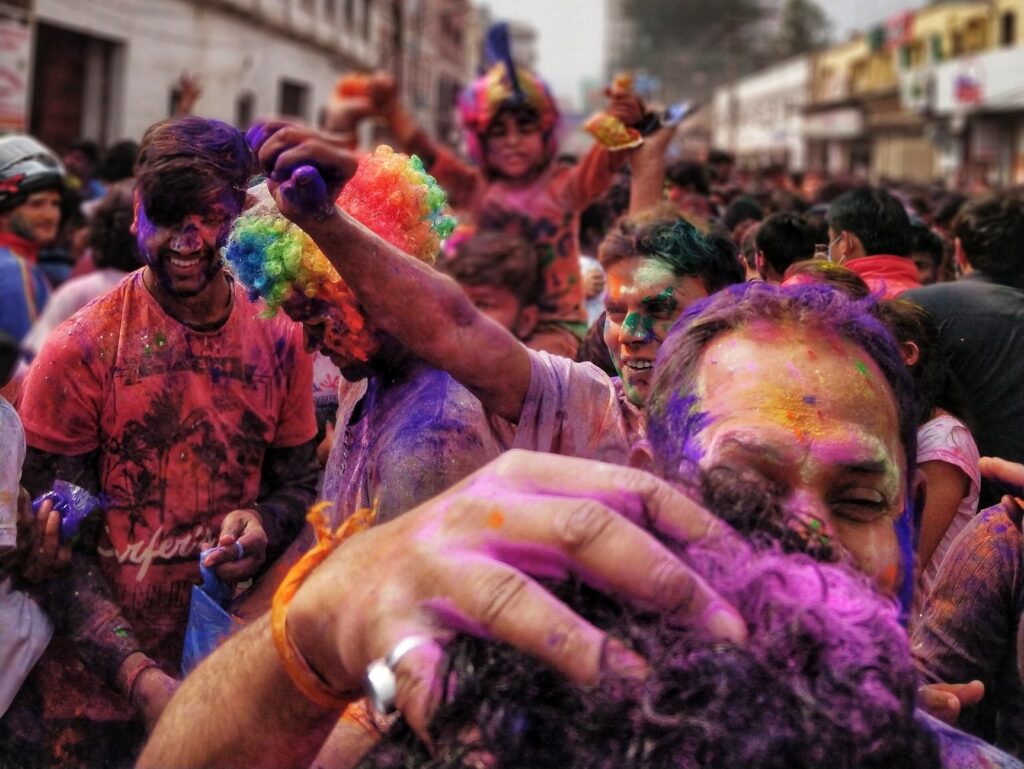Facts you should adhere to before traveling to India.
- About India
- Travel Visa Requirements for India
- Indian Sacred Geography
- Travel Safety in India
- Money and Banks
- Food and Drinks in India
- Culture in India
- How to Travel around India
- How to Reach India
- Best Time to Travel in India
About India
- There are 22 official languages in India, but Hindi is the most extensively used.
- The Indian rupee is the currency in use officially.
- India has a population of 1.3 billion people.
- Delhi is the capital city.
- Ten million tourists visited India in 2017 compared to 8.89 million in 2016, a 15.6% increase.
- In this federal parliamentary democratic republic, the Prime Minister of India serves as both chiefs of government and director of state. India, which spans more than three million square kilometers, is the seventh-largest country in the world.
- India includes 38 UNESCO World Heritage Sites, including the Western Ghats, Agra Fort, and Jaipur City.
- Over a thousand minor languages and dialects are spoken in addition to the 23 official languages. Over 40% of the population speaks Hindi, and English is also extensively used.
- India’s largest employer, Indian Railways, employs about 1.4 million people.
- India’s film industry is the biggest in the world, generating $4 billion in revenue annually from 1,900 films.
Travel Visa Requirements for India
To visit India, the majority of travelers need a visa. Thankfully, obtaining a regular tourist visa has been more accessible over time. The most common method today for getting a permit for a brief visit is to apply online. Applying for a specific visa is required for those who want to work or study in India.
As already noted, applying for a visa online is the most popular and effective way to enter India, resulting in an e-Tourist key. UK, Ireland, US, and Canadian nationals Through the official internet portal of the Indian government, citizens of Australia, New Zealand, South Africa, and many other nations are eligible for an e-Tourist visa. They are suitable for a stay of 90 days, with every visit for a year after the date of issuance (multiple visits are allowed). Just be sure to book it 30 days before your departure.
Indian Sacred Geography
There may not be a nation that is more overtly religious than India. For followers of the dozen or more faiths with roots here, the Subcontinent’s natural landscape—with its rivers, waterfalls, trees, hilltops, mountains, and rocks—comprises a vast sacred geography. A network of pilgrimage routes connects the nation’s numerous holy sites. Along these routes, tens of thousands of worshippers may be traveling at any given time in ordinary trains, adorned buses, tinsel-covered bicycles, barefoot, alone, or in loud family groupings.
For the visitor, experiencing India at its most intense level entails mingling with devotees in the thronging temple complexes of the south, on the ghats in Varanasi, at the Sufi shrines of Ajmer and Delhi, in front of the naked Jain colossi of Sravanabelagola, or at any of the numerous religious festivals that mark the astrological calendar.

Travel Safety in India
The majority of the time, visiting India is secure. As is to be expected everywhere, tourists may be more vulnerable to scams and small-time robberies, but common sense and a few safety measures can help a lot. You should first and foremost be vigilant in crowded areas, including public transportation, as this is where pickpockets are most likely to operate.
Keep an eye on any luggage you leave on top of a bus, and ensure it is securely fastened when living in dorm rooms. Lock up your belongings with a padlock. Make sure to leave your belongings unattended if you go swimming.
It’s also important to note that people perform not all crimes; in India, monkeys have been known to take items not only off the street but also from hotel rooms with open windows or even right off your shoulder.
Money and Banks
It’s crucial to remember that it is technically forbidden to bring Indian rupees into and out of the nation. The rupee comes in paper denominations of 5, 10, 20, 50, 100, 500, and 1000 and serves as India’s currency unit. The coins are 1, 2, 5, and 10. ATMs are available in all major cities, towns, and tourist destinations around India.

Food and Drinks in India
India’s food is well-known worldwide and as diverse as the nation’s culture. Known as the “land of spices, intense flavors, aromatic curries, and a variety of meats and vegetables,” the cuisines vary from region to region. For obvious reasons, coastal places are famous for their excellent fish curries, whereas mainland regions are renowned for their vegetable curries. The curries macher jhol, vada curry, paneer tikka masala, and mutton Rogan Josh are all must-try dishes. Due to Hindu law’s sanctification of cows, beef is practically nonexistent in Indian cuisine.


Culture in India
India is a diverse nation with a rich cultural heritage of people from various linguistic, historical, racial, and religious backgrounds. India has a rich culture, with each region having unique traditions, despite its standard classification as a synthesis of several civilizations. Several other significant religions coexist peacefully here, including Buddhism, Sikhism, and Hinduism, all born here.

How to Travel around India
Once in India, navigating the city can be challenging and requires advanced planning. Although not the fastest, most comfortable, or most efficient transportation in India, intercity travel is relatively inexpensive. The primary choices are via train or bus, albeit occasionally by plane or boat. Within cities, there are also auto rickshaws and metro systems.
Use reasonably priced long-distance trains for long trips, as they offer unique travel experiences. You may anticipate a hassle-free and comfortable journey if you spend more on the higher carriage classes. Another excellent alternative for travelers from India is low-cost short-haul flights.

How to Reach India
Most visitors arrive in India by plane, and it’s easy to locate reliable flights: there are many direct flights from the UK, a handful from the US and Canada, and Australia. Numerous airlines offer flights to India, often in Delhi or Mumbai. You can also go directly from the UK to Chennai, Hyderabad, and Bengaluru.
Seasonal changes in prices affect all destinations. The ideal months to visit most of India are typically November through March, when prices for travel there are at their greatest.
The least expensive times to book flights are in the low season, which is June and July, and the shoulder seasons, which are April to May and early August. Remember that plane fares are higher during India’s major holidays and events, such as Diwali in October or November.
Best Time to Travel in India
Given the country’s wildly varying weather, choosing the right time to visit India can take time and effort. The monsoon season, which is hot and muggy, is separated from India’s dry, chilly season.
As a result, November to March is the best month to travel to India because most of the country has pleasant weather and temperatures. While Goa and the country’s center are a touch colder but still comfortable, Delhi, Agra, Rajasthan, and Varanasi are ideal locations for a trip to India during this time.
It’s advisable to avoid the south during this time of year because it may get boiling there, and while it’s usually intense, the months of May and June are intolerably hot. Kerala or Tamil Nadu are the ideal places to visit between January and March.
The appropriate time to visit the Himalayas is in March, with August and September being the busiest hiking months. It is because the rest of the country is very wet during this period.

